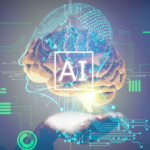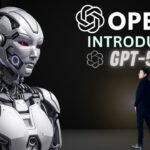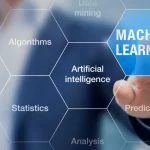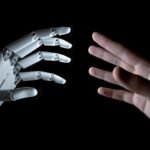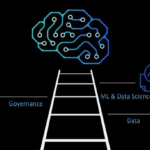Introducing Superalignment
In recent years, the rapid advancements in artificial intelligence (AI) have brought both excitement and concerns about its potential implications. As AI systems become increasingly capable and autonomous, there is a growing need to ensure that they align with human values and make ethical decisions. One promising approach that has emerged is “Superalignment.” This blog explores the concept of Superalignment and its significance in the field of AI ethics.
Understanding Superalignment:
Superalignment refers to the state in which an AI system is perfectly aligned with human values and consistently makes ethical decisions that benefit humanity. Unlike narrow alignment, which focuses on aligning AI with a specific objective, Superalignment encompasses a broader scope by accounting for the full range of human values and ethical considerations. It aims to create AI systems that not only optimize for specific goals but also actively seek to understand and respect human preferences and values.
The Importance of Superalignment:
Superalignment addresses one of the key challenges in AI development: ensuring that AI systems do not inadvertently cause harm or act in ways that contradict human values. It recognizes the complex and nuanced nature of human values, which often require trade-offs and contextual understanding. By pursuing Superalignment, we can build AI systems that not only perform well in specific tasks but also integrate ethical decision-making into their core functionality.
Achieving Superalignment:
To achieve Superalignment, several approaches can be employed:
- Ethical Design: AI systems should be designed with ethical considerations in mind from the beginning. Developers need to incorporate value-based frameworks and ethical guidelines into the system’s architecture, ensuring that it promotes fairness, transparency, and accountability.
- Robust Testing and Validation: Rigorous testing and validation processes are crucial to evaluate AI systems for potential biases, discrimination, or unintended consequences. This includes testing on diverse datasets, conducting sensitivity analyses, and involving domain experts to assess the system’s ethical implications.
- Continuous Learning and Adaptation: AI systems should be capable of continuous learning and adaptation to align with evolving human values. This involves feedback loops and iterative improvements to ensure that the system can adapt to changing ethical norms and societal expectations.
- Human-AI Collaboration: Superalignment is not solely the responsibility of AI developers but also requires active collaboration with users and stakeholders. Incorporating human input and feedback throughout the development and deployment process allows for a more inclusive and participatory approach to aligning AI systems with human values.
Implications and Benefits:
The pursuit of Superalignment holds great potential for society and the advancement of AI technology. By ensuring that AI systems prioritize ethical decision-making, we can:
- Mitigate Bias and Discrimination: Superaligned AI systems reduce the risk of perpetuating bias and discrimination, promoting fairness and equality in decision-making processes.
- Enhance Trust and Adoption: AI systems that are ethically aligned are more likely to gain public trust, leading to increased adoption and acceptance of AI technologies across various sectors.
- Foster Ethical Innovation: Superalignment encourages AI developers to think beyond narrow objectives and consider the broader ethical implications of their creations. This approach can spur innovative solutions that prioritize social benefit and long-term human flourishing.









